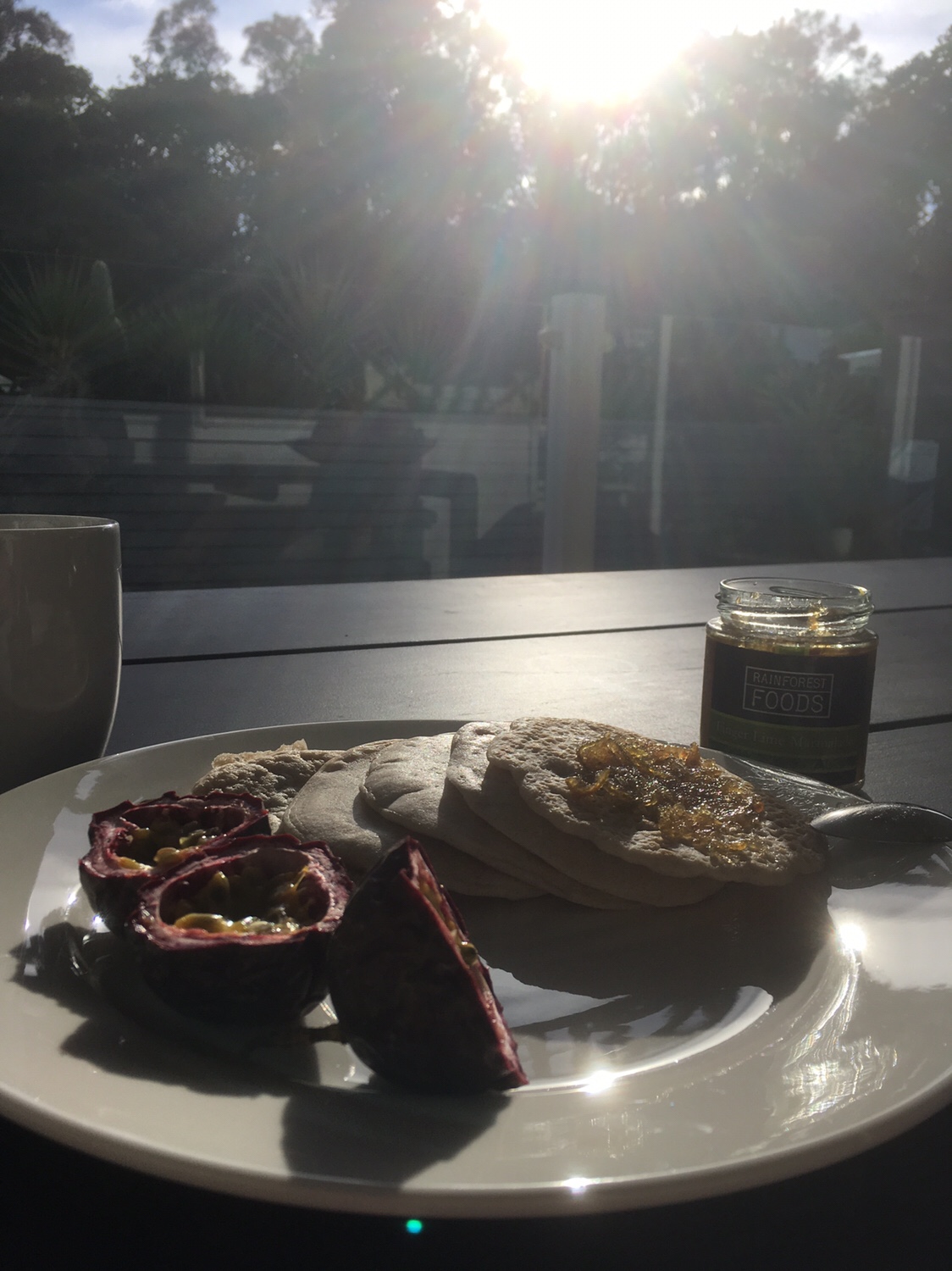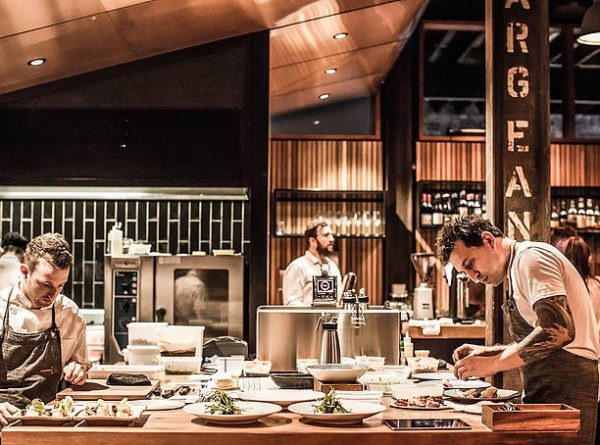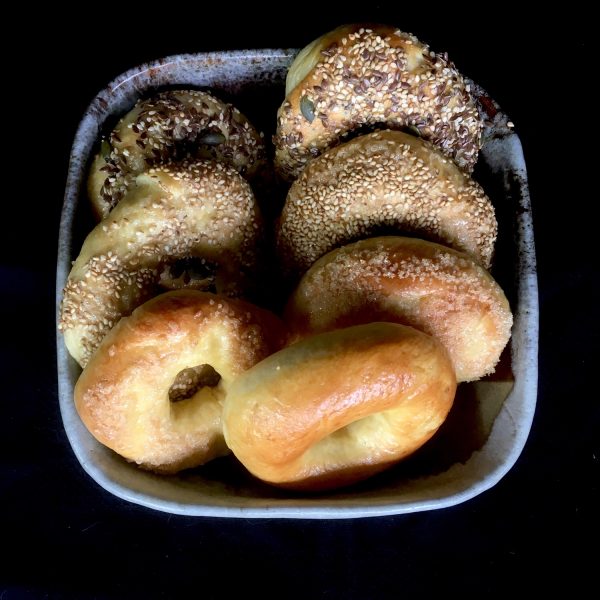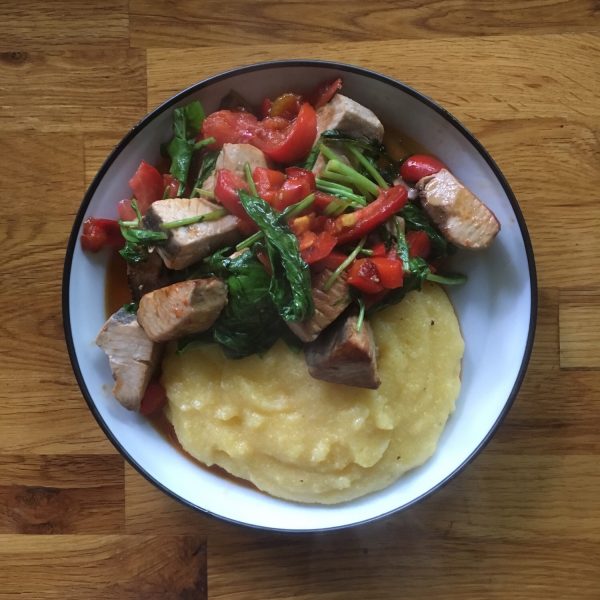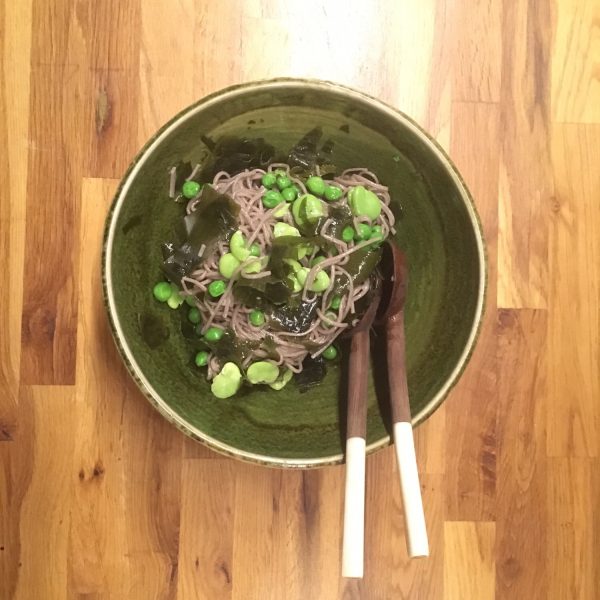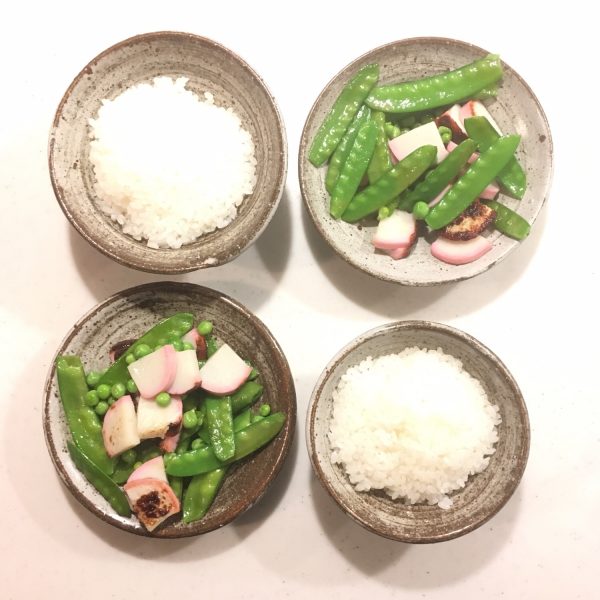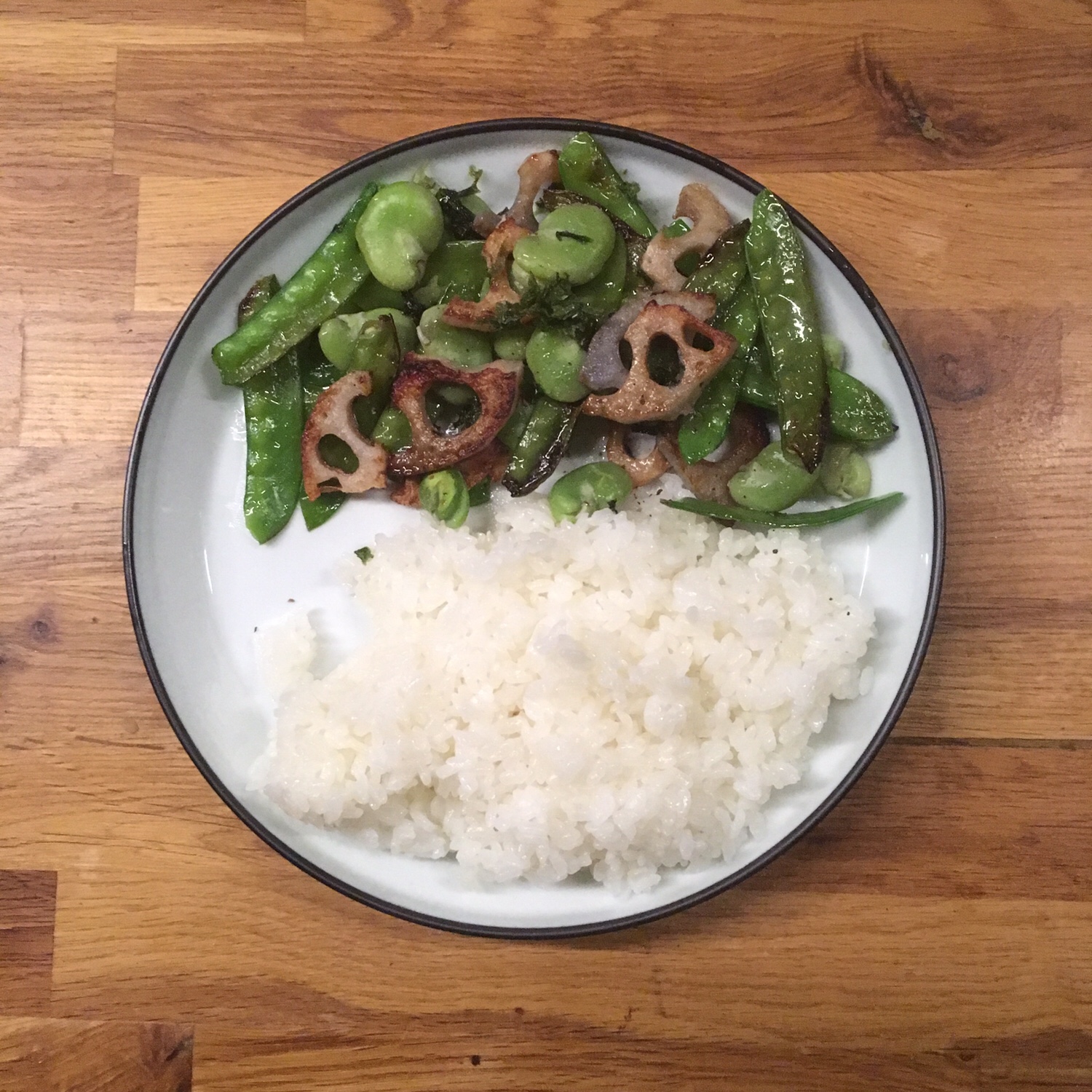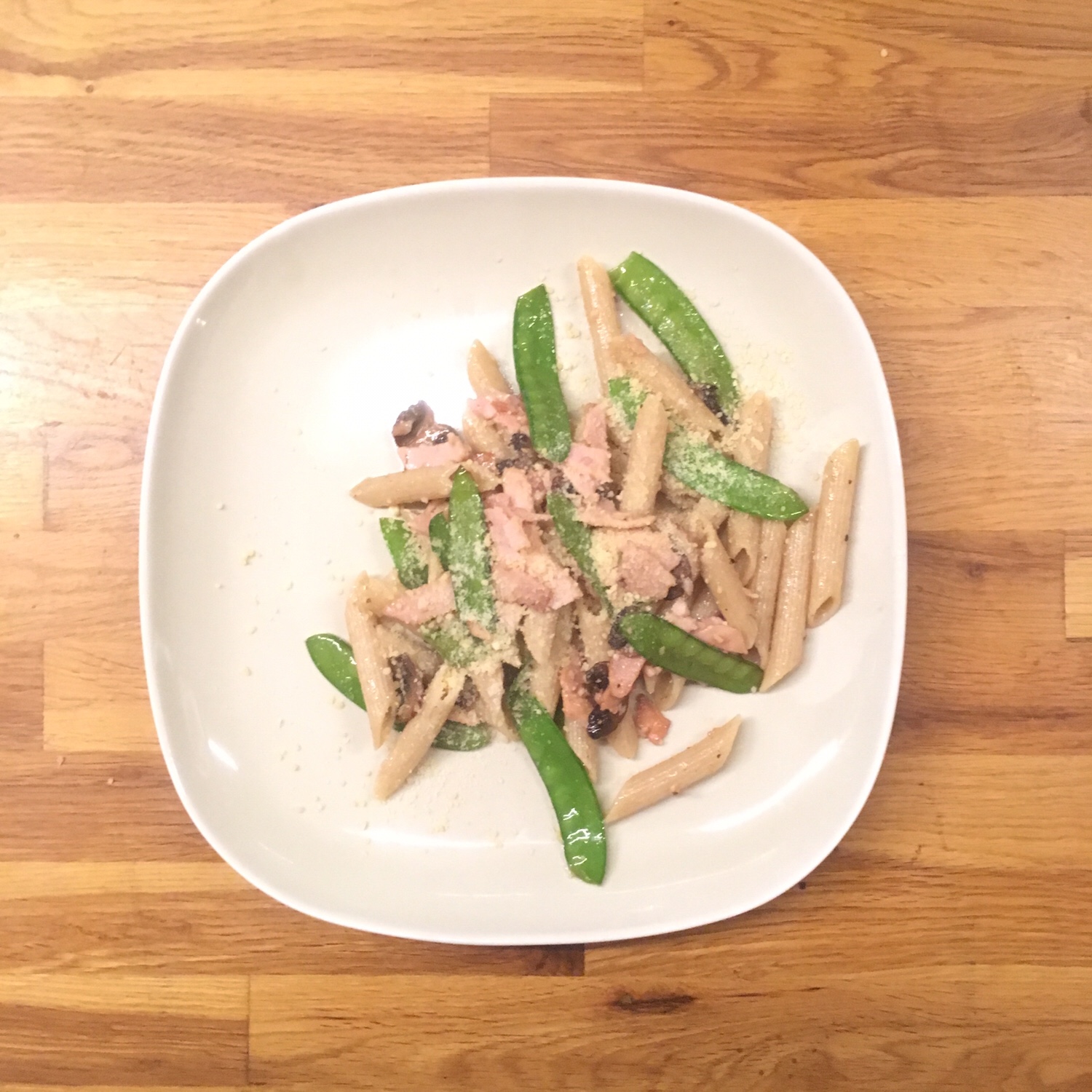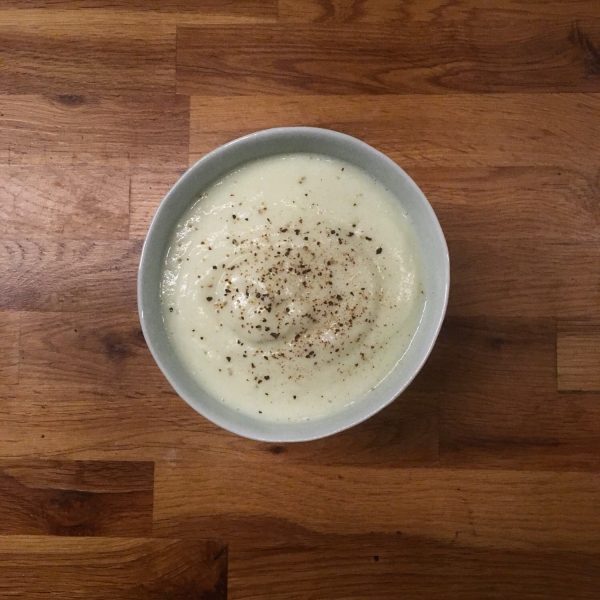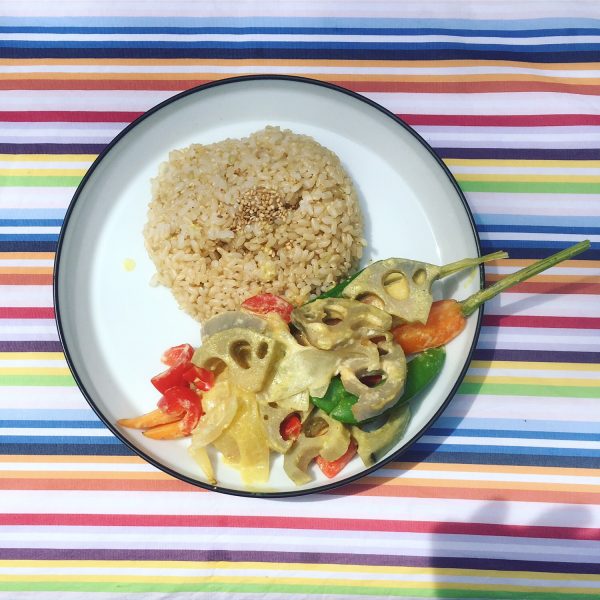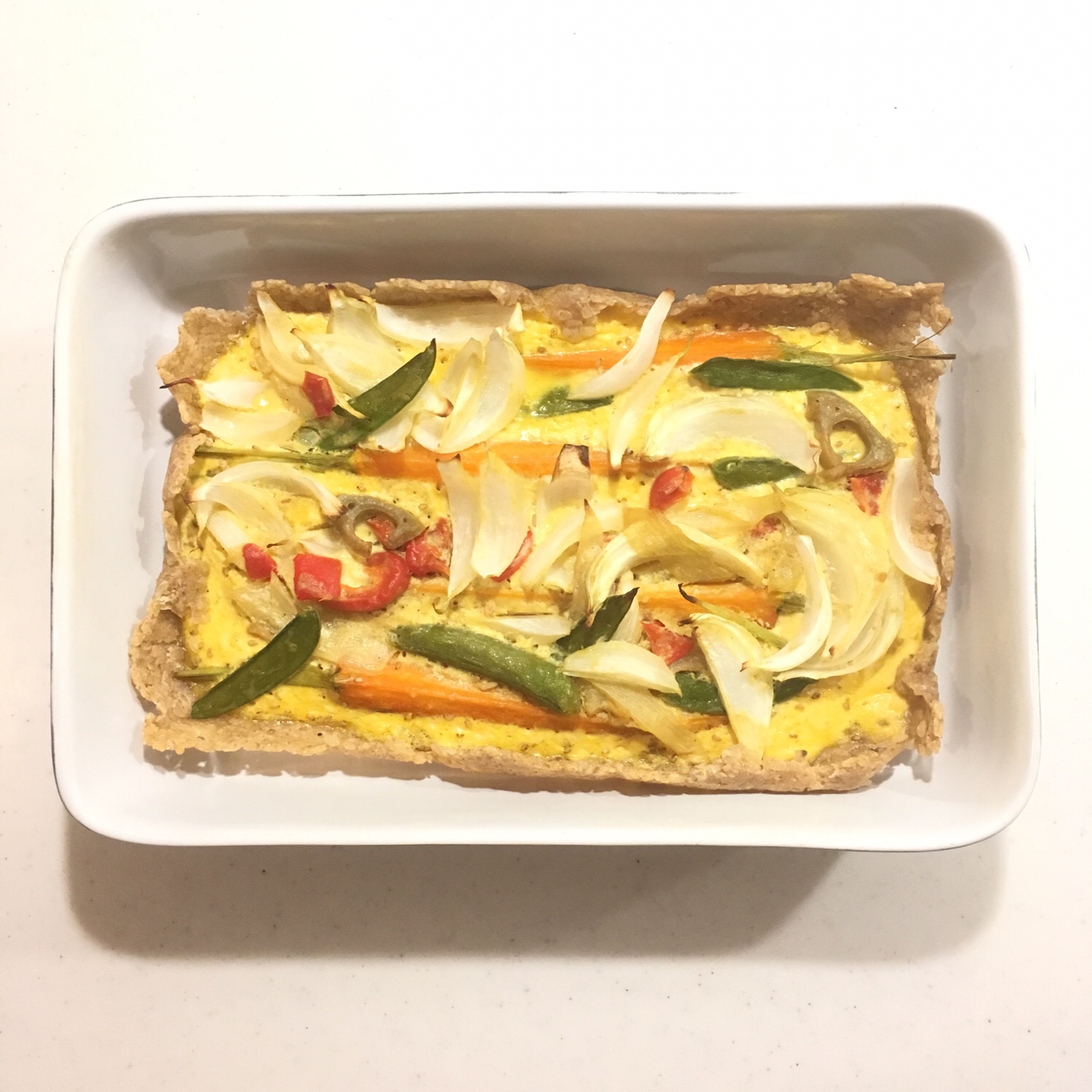Just back from Australia to Tokyo, and I find that the rainy season is getting near. The air is already quite humid and temperatures are mildly warm or hot. Soon it will be time to harvest the plums in the garden, even hopping it is not too late already… It’s been 3 weeks we haven’t go to the country house… I can easily imagine how green and lush the garden is and the hydrangeas will be all ready to bloom soon.
One thing I like to prepare with plums, other than ume-shu, ume-syrup and umeboshi is plum jam and plum jelly, something that you can enjoy right away and doesn’t have to sit for weeks or months. I am not very good at making jams and preserves but I keep trying. Jelly or yokan (ようかん) is much easier for me… but it uses only a little bit of fruits compared to all we have…
Japanese plum jelly – ume yokan
I used about twenty green large plums, sugar to your liking, agar-agar, and about 2/3L of water.
First wash and remove the stems of the plums, boil the water and add the plums, cook under cover at low heat until the plums are soft and the skin and flesh detach easily. Then add the sugar and the agar-agar (quantity will depend on how hard you like the jelly and how much liquid remains in your pan. Cook at medium heat for 5-10min and then pour in a dish. Wait until it cools down to refrigerate. After 2-3h you can serve, by cutting blocks out of the jelly. That’s it!







